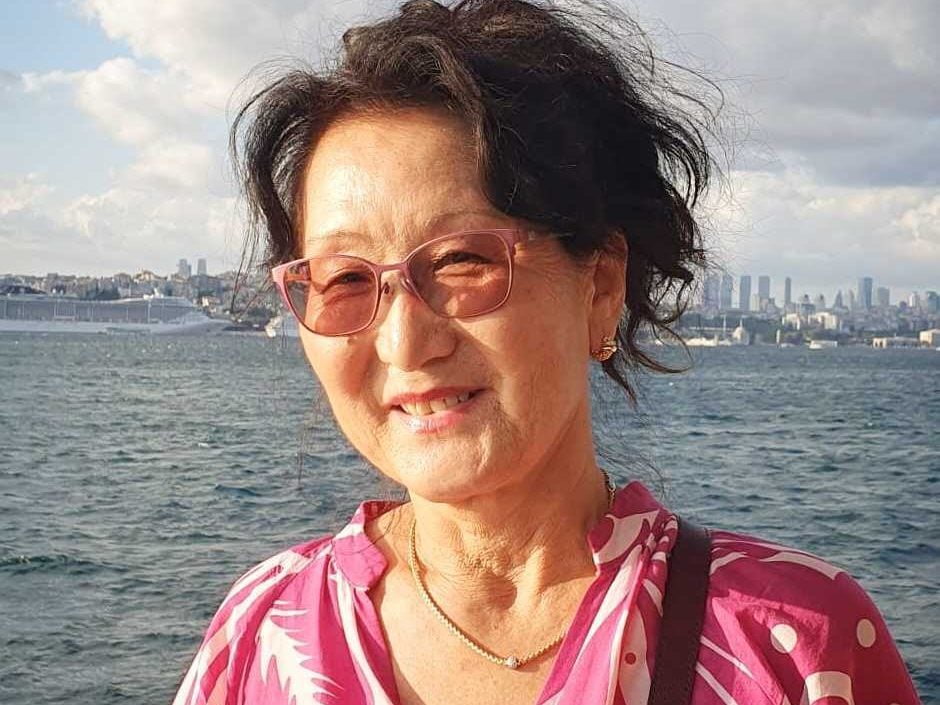Profile
According to the 2002 national census, there are 128,528 Adyghe in the Russian Federation. The majority of Adyghe live in the Adyghe Republic, formerly the Adyghe Autonomous Oblast in Krasnodar Krai, and in Krasnodar Krai. There is also a large diaspora Adyghe community in Türkiye, although retention of the Adyghe language is reportedly very low among this community.
Historical context
Adyghe were part of the Circassian people until the 1920s, when they were divided from Cherkess and Kabards. Adyghe areas became an AO in July 1922. Leading members of the Adyghe resented the fact that they were not given republican status. In 1991 Adyghea was given the status of an autonomous republic, albeit one entirely enclosed within the Krasnodar region.
Of all of the territories of the North Caucasus, the Adyghe region historically has had the highest concentration of Russians. In August 1991 Adyghe created a special commission to oversee the return of expatriates, primarily the large communities in Türkiye. The first All-Adyghe Congress was held on 28 March 1992. Large numbers of Russians in the Adyghe regions have identified themselves as Kuban Cossacks. They demanded their own Cossack region in Krasnodar Krai but have also supported the Adyghe. Some Adyghe participated in the movement to unite Circassian peoples.
Inter-ethnic relations in the Adyghe Republic were complicated by two major factors. The first is the trend towards the amalgamation of national territories designated for specific ethnic groups to larger neighbouring districts. From 2004 some Russian officials, including figures within the Krasnodar regional administration, had proposed such a merger for the Adyghe Republic and Krasnodar region. Supporting arguments for such a merger included the fact that the Adyghe republic was already an enclave entirely surrounded by Krasnodar, its dependence on subsidies from Moscow and the economic benefits to the Adyghe republic arising from Krasnodar’s relatively prosperous economy rooted in tourism. Many Slavs in the Adyghe republic reportedly supported the merger, claiming that they suffer ethnic discrimination at the hands of the Adyghe minority and that their status as a majority should ensure proportionate representation in republican structures, regardless of the fact that they live in the designated national homeland of another group.
Adyghe leaders have been opposed to the merger, which would leave them a tiny minority within a much larger Russian-dominated region. In April 2005 a mass rally protesting the proposed merger took place in Maikop, while in February 2006 the lower chamber of the Adyghe parliament rejected a draft law on referenda, which would have provided a legal basis for a republican referendum on the merger.
Current issues
Adyghe have struggled to have their minority status recognized. On 16 March 2012, a well-known political activist of the Adyghe Republic filed a civil claim to the Maikop City Court regarding a refusal to register his civil society organization. The Maikop City Court dismissed his claim and stated that Kabardinians, Adyghe and Shapsugs should be all regarded as belonging to the Cherkess people. On 25 May 2012, the complainant’s appeal was rejected by the Civil Chamber of the Supreme Court of the Adyghe Republic.
Inter-ethnic tensions have reportedly emerged in the Adyghe Republic between the Adyghe minority and Kurds, whose number has increased significantly from 262 in 1989 up to 4,528 Kurds in 2010 as a result of migration from political tensions and conflict in their countries of origin. Though only amounting to a little over 1 per cent of the republic’s population, tensions have emerged over social and cultural differences.
Updated December 2020
 Video on demand
Video on demand 